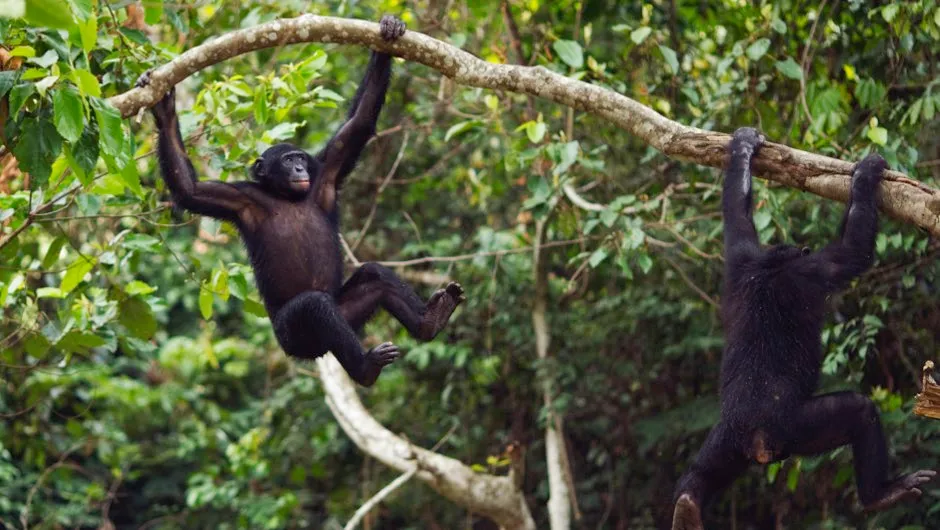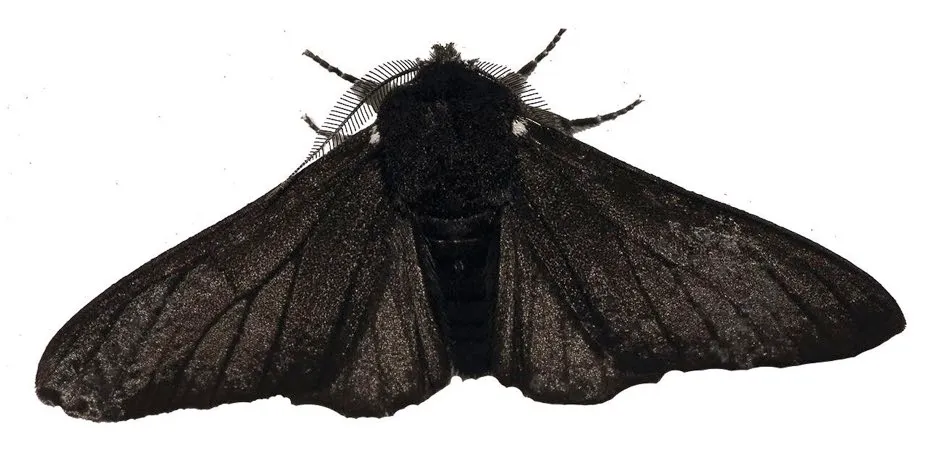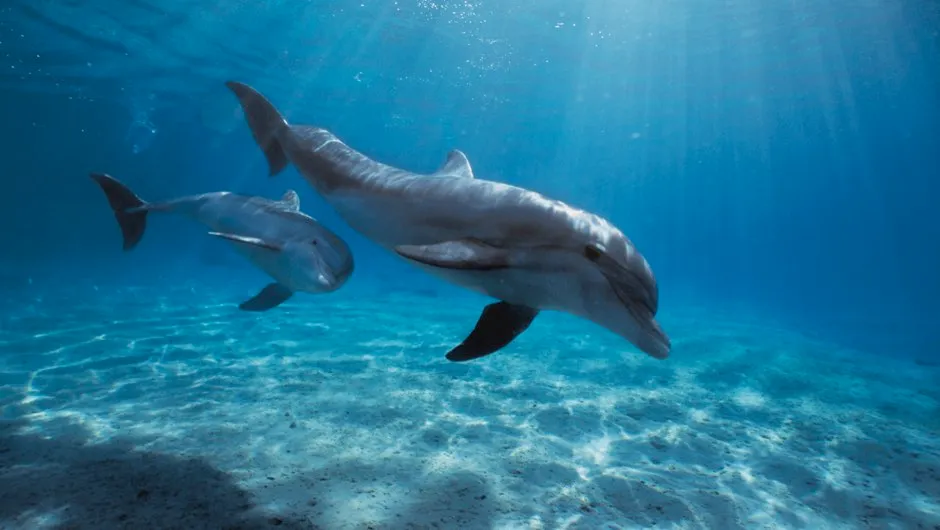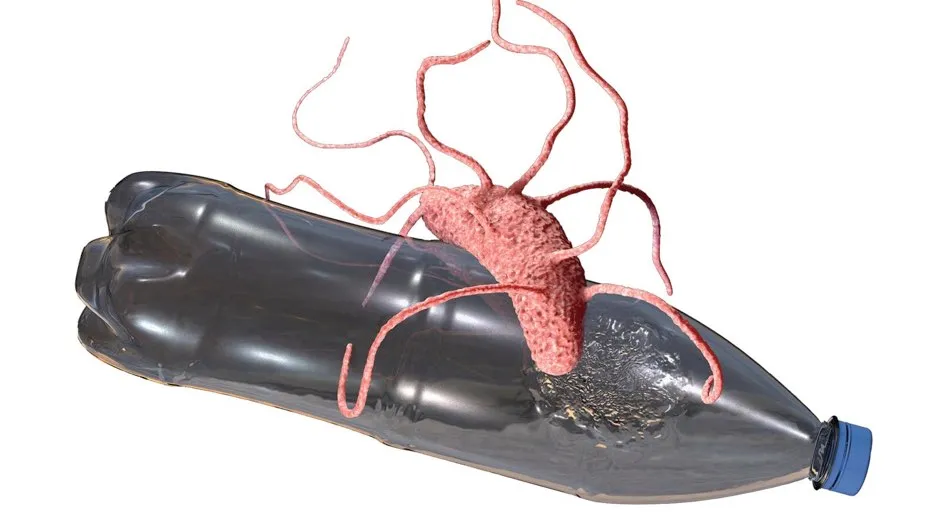Plant and animal species come in a huge variety of shapes and sizes. The consensus is that all of these life forms – from alligators to zebras, hawthorn trees to humans – ultimately arose from the same microscopic ancestor that lived about 3.5 to 4 billion years ago.
Evolution explains how. It is the process through which populations of living things can physically change through time by picking up new inherited characteristics.
How do we know that humans evolved from apes?
The evolutionary changes we see occurring over a few decades are modest: a cricket that evolves to be silent is still a cricket.
When evolution unfolds over longer timescales – thousands or millions of years – it can lead to much larger changes in physical appearance. This is why a microbe that lived billions of years ago ultimately evolved into every species alive today.
By carefully assessing physical and genetic similarities, evolutionary biologists can work out which species belong in the same area of the family tree of life. Doing so suggests that humans are more closely related to chimpanzees than to any other species alive today, implying that we both evolved from the same ‘parent’ species, thought to have lived around 7 to 13 million years ago.

In 2019, researchers announced that they had found fossils of an 11.6-million-year-old tree-dwelling ape, which they named Danuvius guggenmosi. It had adaptations for walking upright on two legs as we do, but its arms were more suited to hanging from branches, like chimpanzees.
This mix of features supports the idea that humans and chimps have a common ancestor and adds to the abundant fossil evidence that humans really did evolve from apes (and technically we still are).
Listen to episodes of the Science Focus Podcast about evolution:
- Neil Shubin: How do big changes in evolution happen?
- Brian Switek: How did bones evolve?
- Gaia Vince: What part does culture play in our evolution?
What’s genetics got to do with evolution?
The key word is ‘inherited’. Someone’s physical appearance might change if they take up bodybuilding. But that sort of change isn’t evolution, because a bodybuilder’s children will not automatically grow up to be muscular too.
By and large, the only way organisms can inherit physical characteristics is if those features are encoded in DNA – the molecule which makes up our genes. This is why genetics is central to evolution.
A key way by which the genetics of populations changes is through a process called natural selection. In a population of a particular plant or animal, some individuals might gain a random mutation in their DNA which causes them to develop a new characteristic that’s beneficial in some way.

For instance, some peppered moths have a mutation that gives them darker wings. During the Industrial Revolution, these moths were better camouflaged against pollution-darkened trees, so they were more likely to escape the attention of predators, and survive long enough to reproduce and pass on their genes.
The number of dark-winged moths shot up. Over time, favourable mutations and the features they encode become more common, and evolution occurs.
Read more about evolution:
- Natural Selection: 5 of the best books on evolution
- 10 weird ways humans have influenced animal evolution
- The power of sloth: six reasons why this lazy animal is perfectly evolved
Can we predict what will evolve in the future?
The short answer is no: evolution is not directed towards a goal – it doesn’t try to create increasingly complex or intelligent organisms, for instance. But in a sense, evolution is not completely unpredictable.
Today, there are estimated to be almost eight million species of animal and 300,000 species of plant. Their diversity is jaw-dropping, but look more closely and you’ll see that there isn’t quite as much physical variation between species as you might expect.
For example, you could easily confuse a dolphin for a fish: both are aquatic animals with long, streamlined bodies and fins. But dolphins are mammals, and just 50 million years ago their ancestors were small, four-legged, deer-like creatures. Fish, on the other hand, have looked this way for hundreds of millions of years.

Biologists think that dolphins look like fish because there are environmental and biological constraints that encourage evolution to repeatedly arrive at similar solutions to a given problem, such as swimming. This is known as ‘convergent evolution’, and some argue that convergence is so common that evolution can only follow a set number of pathways, which would make it, to some degree, predictable.
Where’s the evidence that evolution is happening today?
There’s plenty of evidence. A good example came to light in 2016, when biologists in Japan announced they had discovered a new species of bacteria, Ideonella sakaiensis, that had evolved to eat PET plastic. This plastic has only been manufactured since the 1940s, so the bacteria have evolved to eat it in under a century.

Larger organisms can evolve rapidly, too. In the early 1990s, one species of cricket (Teleogryllus oceanicus) living on the Hawaiian island of Kauai became the target of lethal parasitic flies. The parasites located their victims by listening out for the crickets’ chirps.
By 2003, the crickets had evolved: a new genetic mutation that left males physically unable to use their wings to chirp had swept across the island. What had been a population of chirping crickets became a population of mostly silent ones.
Read more questions about evolution:
